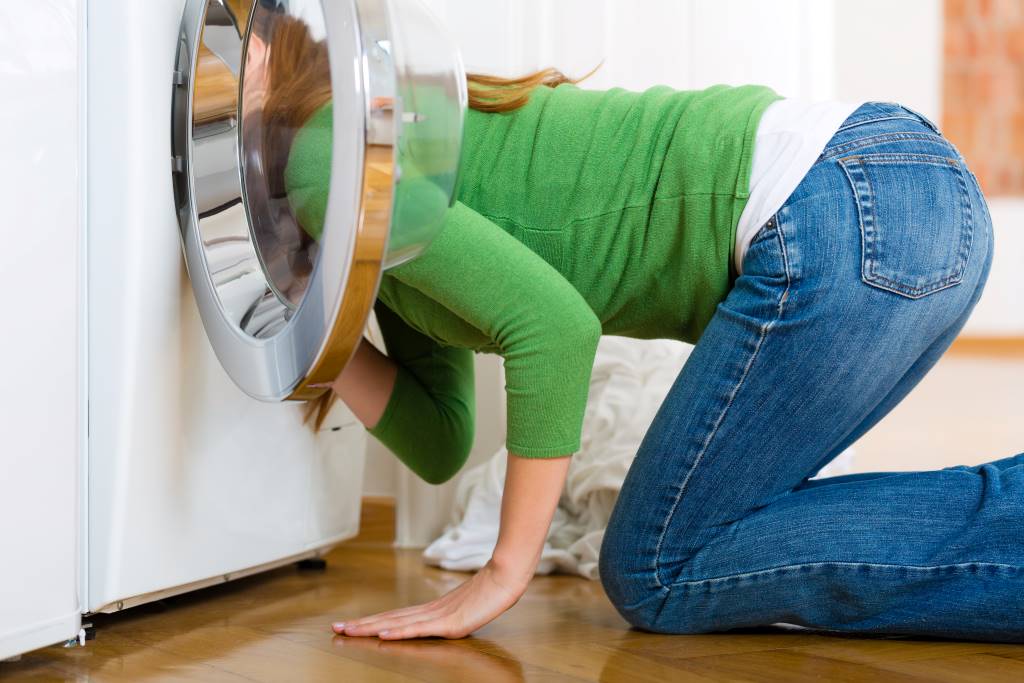Back when air conditioning was less common, people relied on a range of tricks to keep their homes cool. One key was to make sure that windows faced away from the sun at high noon and into the evening, so that sunlight could pass through only in small amounts. Brise Soleil is another system developed to provide shade to buildings. Find out more by visiting https://alusystems.uk/

Another was to use plantations and trees to shade buildings, and to create a buffer of cooler air between the home and the hot outside. This helped reduce the sharp temperature increases that would otherwise occur as the sun rose and set.
People also used shady verandas to cool houses, and built them from materials such as brick or stone, which tend to have high “thermal mass,” so that they absorb heat more slowly, smoothing out daytime and night time temperatures. Similarly, the underground thermal labyrinth at the Australian Plant Bank uses a series of tunnels that store or release heat, slowing temperature changes and protecting buildings from extreme heat or cold.

But even with well-shaded and insulated buildings, it can still be difficult to stay comfortable during a heatwave, especially at night when temperatures tend to remain high. So what can we learn from the way that people have stayed cool in the past, and how might new technologies help us to do even better in future?



